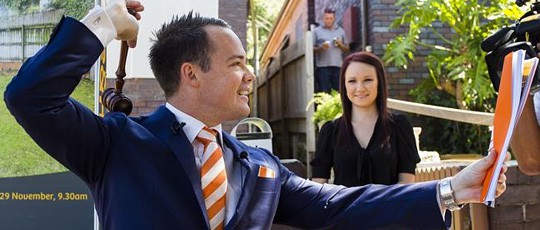- Headlines concerning soaring property prices in Sydney are now almost a daily occurrence. However all this focus on Sydney and a potential ‘bubble’ is masking the lacklustre movement in other property markets around the country. Simply put, Sydney is not Australia and local economic factors are playing a more significant role than changes in interest rates. So what has been happening around the country?
Overvalued, Undervalued
- The latest data from RPData indicates that the house price index rose slightly in all capital cities in March (1.4%), and over the quarter dwelling prices increased by 3%. After many months of apparent rampant growth, this constituted the lowest point since September 2013 which would suggest that the housing market is finally moderating.

SHARE




